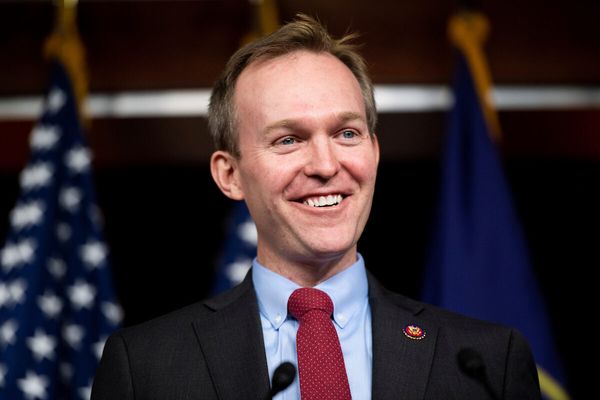The killing of several of Iran’s highest-ranking military officers and nuclear scientists by Israel has sent shockwaves through Tehran’s military establishment - and will likely hamper their ability to respond.
The Israel Defence Forces (IDF) said that Hossein Salami, the head of the Islamic Revolutionary Guard Corps (IRGC), was among those killed in Israel’s Operation Rising Lion on Friday.
Mohammad Bagheri, the chief of staff of Iran’s armed forces, and the army’s deputy commander in chief, Gholamali Rashid, were also killed in the attacks. Six top nuclear scientists were also confirmed dead.
Iran’s supreme leader Ayatollah Ali Khamenei has vowed “severe punishment” in response to the strikes. The IDF said that at least 100 drones were launched at Israel on Friday but that all of them were intercepted.
Here is everything we know about who was killed in the attack.
Hossein Salami
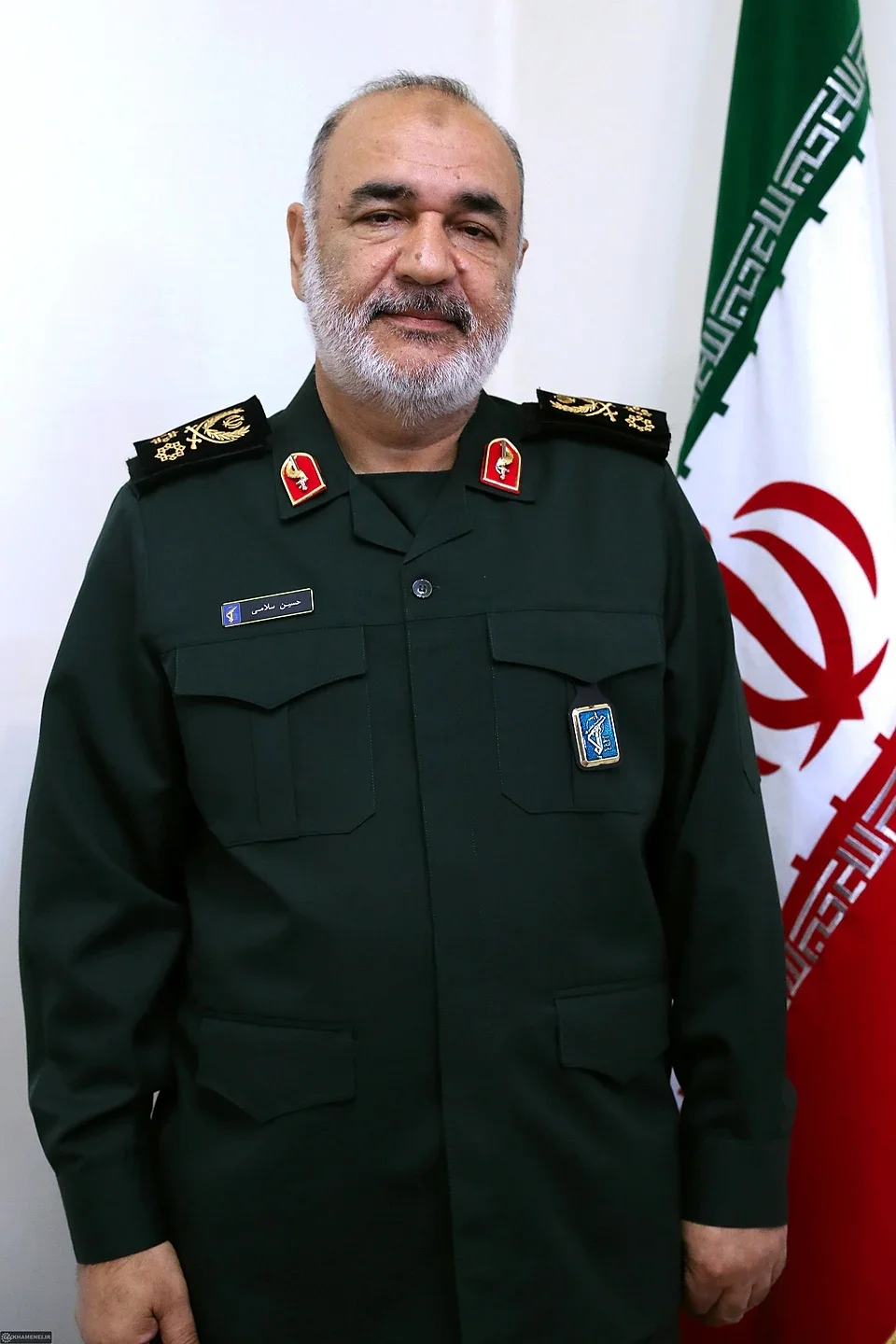
Iranian state media said Salami, 65, was killed in a strike targeting the IRGC’s headquarters in the capital Tehran.
Salami reported directly to Iran’s Supreme Leader Ayatollah Khamenei and was known for his hardline stance on the US and Israel.
Last month, he warned that Tehran would "open the gates of hell" if attacked by another country.
Just a day before the strikes, he said that Iran was “fully ready for any scenarios, situations, and circumstances”.
Salami joined the Revolutionary Guards in 1980 during the Iran-Iraq war. He went on to become deputy commander in 2009 and commander ten years later.
He has been sanctioned by the UN security council and the US since the 2000s for his involvement in the development of Iran’s nuclear and military programmes.
Mohammad Hossein Bagheri
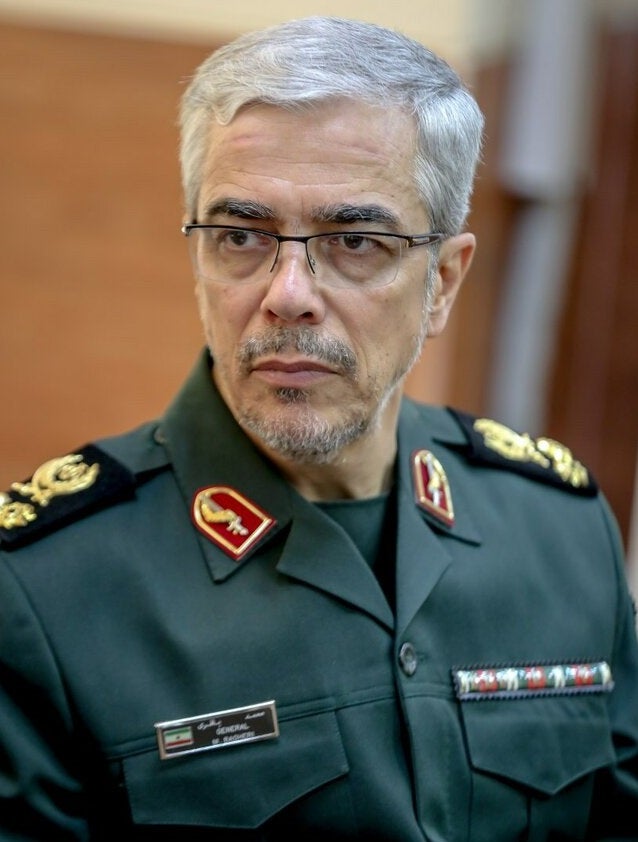
Iranian media said Mohammad Bagheri, the chief of staff of the country's armed forces, was also killed in the strikes.
Bagheri joined the IRGC in 1980, a year after the Iranian Revolution and the same year that the Iran-Iraq war began.
A US congressional research report, cited by Al Jazeera, described him as “an early IRGC recruit who fought against a post-revolution Kurdish uprising and in the Iran-Iraq War”.
He was the second-highest commander after the country’s Supreme Leader and the highest-ranking military officer.
Bagheri played a key role in coordinating Iran’s defence branches—Army (Artesh), IRGC, and law enforcement. He assumed the position in 2016.
State news agency Rokna reports that Bagheri also played a “special role” in a 1997 operation against Kurdish forces in Iraq.
Gholamali Rashid
.jpeg)
Another Iranian military general reportedly killed in the strike was Gholamali Rashid, the deputy commander in chief of the armed forces.
He served as the commander of the Khatam‑al‑Anbiya Central Headquarters, which is responsible for coordinating operations across Iran’s armed forces and IRGC.
Before this, he served as deputy chief of staff of Iran’s military.
A veteran of the Iran–Iraq War, Rashid was part of Iran’s high-level “command network,” alongside figures like Qassem Soleimani and Bagheri.
Nuclear scientists
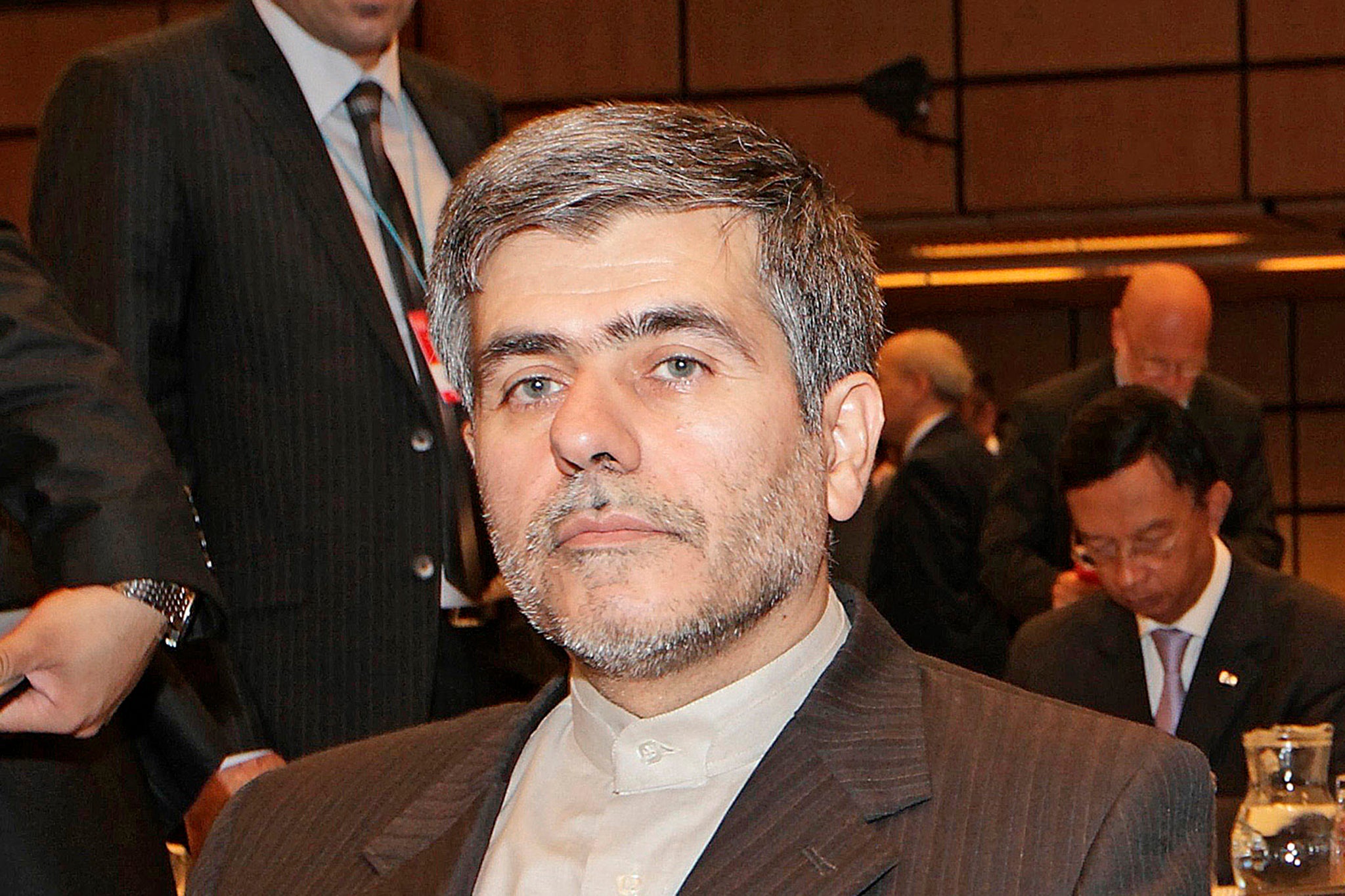
Six Iranian nuclear scientists were killed on Friday in Israeli strikes, of which five have been named, according to Iranian state media.
The International Atomic Energy Agency (IAEA) said on Friday that Iran’s Natanz nuclear site was hit but there was no increase in radiation levels, citing information given to them by Iranian authorities.
Among the nuclear scientists confirmed dead in the attack were Fereydoon Abbasi-Davani, a former head of Iran's Atomic Energy Organisation. He served at the organisation from 2011 to 2013.
Abbasi was also a member of parliament from 2020 to 2024.
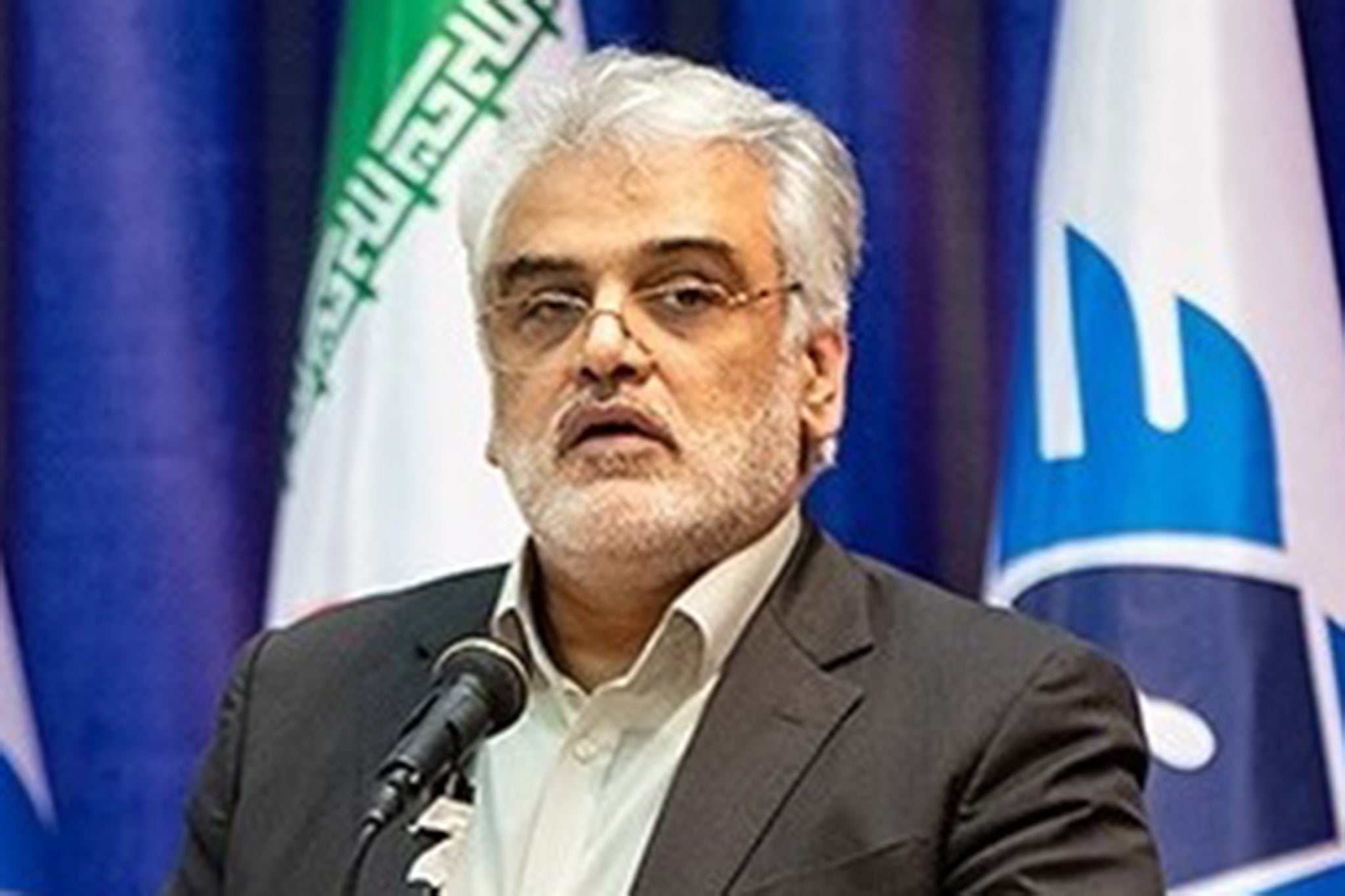
Mohammad Mahdi Tehranchi, another nuclear scientist involved in Iran's nuclear weapons programme, has also been reported dead.
Three other scientists killed in Friday's strikes are:
- Abdulhamid Minouchehr, head of nuclear engineering at Iran’s Shahid Beheshti University
- Ahmad Reza Zolfaghari, a nuclear engineering professor at Shahid Behesthi University
- Amirhossein Feghi, also a nuclear professor at Shahid Beheshti University



